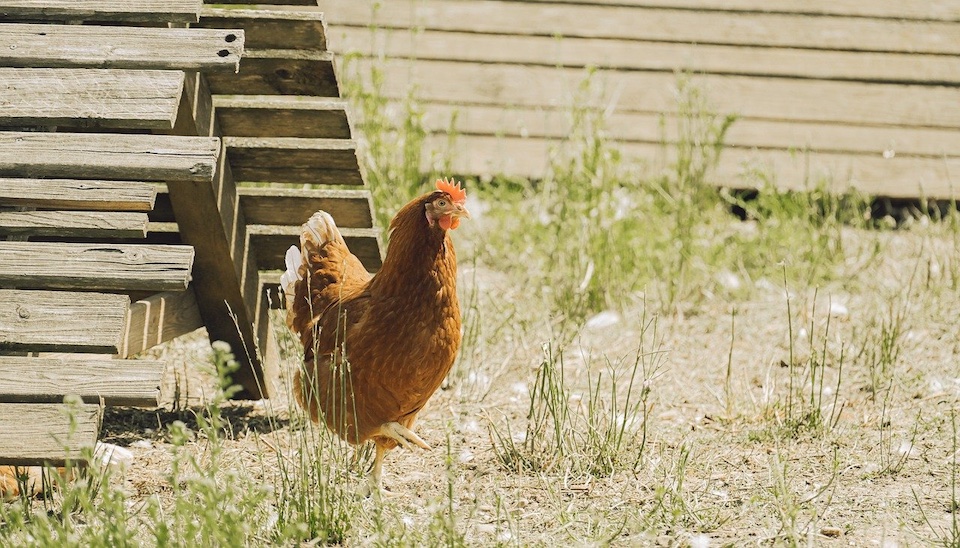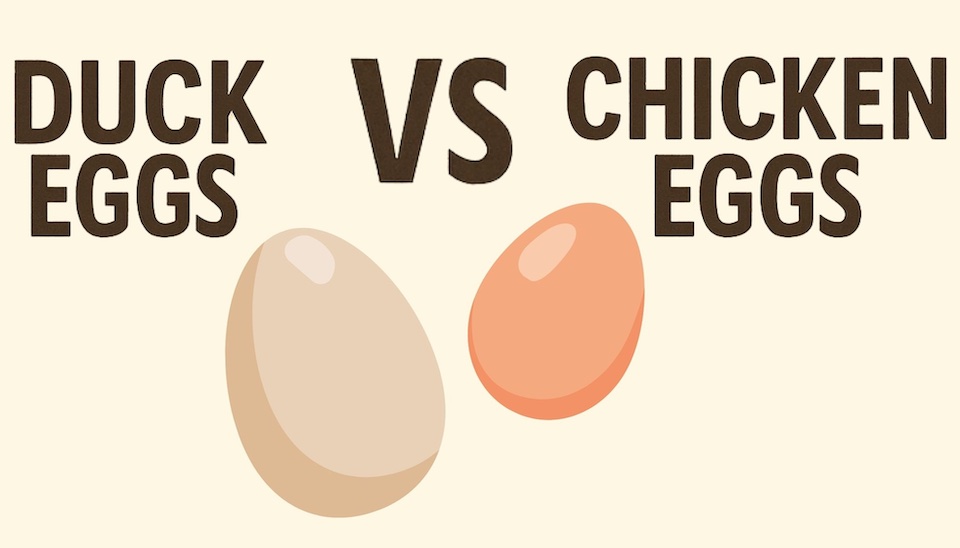The History of Backyard Chickens
The History of Backyard Chickens
Have you ever wondered how chickens went from wild birds to a familiar feature in our backyards? The story of chicken domestication is a fascinating journey that spans thousands of years and multiple continents.
Even though we know that chickens are literally dinosaurs, we still aren’t sure exactly where or when they were domesticated, or how they spread across the globe. Scientists have a few different theories, but most are based in Southeast Asia where the red junglefowl, the domestic chicken’s ancestor, still roams wild.
Key takeaways
Origins: Modern chickens come from the red junglefowl, native to Asia. Domestication probably didn’t happen in just one place—it occurred in multiple regions, like China, Southeast Asia, and India.
Genetic diversity: Chickens have genes from the different subspecies of red junglefowl, supporting the idea of multiple domestications. They also have some genes from the grey junglefowl, possibly due to interbreeding with wild populations.
Timeline: Scientists used to believe that chickens were domesticated 10,000 years ago in Northern China, but new evidence suggests it was more recent. Most likely chickens were first domesticated 3000 to 4000 years ago in Southeast Asia.
Domestication Process: As agriculture developed, red junglefowl living near human settlements adapted to the new environment, eventually leading to their domestication.
Spreading Throughout the World: Chickens started spreading from Southeast Asia around 1500 BCE, mostly via maritime trade. They likely arrived in Europe around 800 BCE, where they were high-status birds used in rituals and cock-fighting.
Modern Chickens: Today’s backyard chickens are the result of thousands of years of selective breeding, making them more productive and less aggressive. Modern hybrids, bred for industrial agriculture, are even more different from wild junglefowl and their high productivity brings with it the need for special care.
Maintaining Diversity: It’s important to maintain the genetic diversity of chickens by protecting wild junglefowl from interbreeding with domestic chickens and by preserving heritage chicken breeds.
A Tradition in Your Backyard: Raising chickens today connects you to an ancient tradition. Next time you collect eggs, remember you’re part of a story that’s thousands of years old!
Where do chickens come from?
We know from DNA analysis that the modern chicken’s ancestor is the red junglefowl. However, there are multiple red junglefowl sub-species throughout Asia. In addition, there is much debate about exactly when and where chickens were first domesticated.
When were chickens first domesticated?
Until recently, scientists believed chickens could have been domesticated as early as 10,000 years ago in Northern China. However, the bones on which this theory was based have been found to be much more recent than previously thought. In addition, it is often difficult to differentiate between domestic chicken bones and those of other bird species or wild junglefowl.
Recent studies suggest that chickens were domesticated much more recently, perhaps 3000 to 4000 years ago.
Where were chickens first domesticated?
In one study, scientists compared the DNA of domestic chickens and with the various sub-species of wild red junglefowl. They found that chickens had multiple wild ancestors, including from different sub-species of red junglefowl. This suggests that chickens were domesticated in multiple places at different times, including in China, Southeast Asia and the Indian subcontinent.
In addition, genetic evidence also suggests that while red junglefowl were the primary wild ancestor of chickens, domestic chickens also carry genes from other species of junglefowl. For example, yellow skin comes from the grey junglefowl, which is found in India. It is unclear whether this resulted from the separate domestication of the grey junglefowl and subsequent interbreeding, or from the interbreeding of wild grey junglefowl with domestic chickens.
Scientists now think that chickens were domesticated in multiple places, potentially from different sub-species of red junglefowl. Interbreeding would have continued between domestic chickens and wild junglefowl. In fact, interbreeding today is putting the genetic diversity of the remaining wild red junglefowl at risk!
How were chickens first domesticated?
Chickens would have been first domesticated where wild junglefowl populations lived close to human settlements.
As agriculture developed in South and Southeast Asia, people began to clear land to farm rice and millet. Scientists posit that the new agricultural landscape would have been attractive to wild junglefowl, which would have lived in the surrounding scrub and foraged amongst the fallow fields and grain crops. In fact, one studysuggests that the introduction of dryland rice farming in central Thailand coincides with some of the oldest known chicken remains!
Wild junglefowl would have adapted to the new agricultural environment, becoming less territorial and living in larger groups. The abundance of food may also have led to increased egg production. Over time, this close proximity to humans would lead to domestication.
There is some debate about whether chickens were initially domesticated for cock-fighting or food, and which of these uses lead to their spread throughout the world.
How did domestic chickens spread throughout the world?
Around 1500 BCE, chickens began to spread from their Southeast Asian homeland. As people moved, traded, and settled new areas, they took chickens with them. Evidence suggests that chickens spread primarily through maritime trade rather than over land.
Chickens probably reached Europe around 800 BCE, although some theories suggest that they arrived much earlier. Early chickens were probably seen as special or exotic, as remains rarely show signs of butchery and instead are often found as whole skeletons in elite burials and religious contexts.
In many places, chickens had religious significance and were used for rituals and divination. The use of roosters for cock-fighting may have been the primary reason for the spread of domestic chickens.
The modern backyard chicken

Today’s backyard chickens are the result of this long history of domestication. Over time, chicken breeds have been developed for different purposes and environments. There are chickens that thrive in hot and cold climates. And there are hundreds of chicken breeds for everything from egg and/or meat production, to cock-fighting and showing.
Through selective breeding, chickens have become larger, less aggressive and territorial, and more productive. In fact, DNA analysis has shown mutations that contribute to year-round egg production and increased growth in domestic chicken breeds. These changes explain why backyard chickens can no longer thrive on scraps and forage. They are just too productive!
Modern hybrid chickens are another chapter in the story of the domestication of the chicken. Through intensive breeding and hybridisation, we have produced chickens that are suited to industrial agriculture. We have laying hens that will produce an egg a day (for a couple years, anyway) and meat birds that can reach full size in less than 6 weeks!
While hybrid chickens really are agricultural wonders, it is also important to maintain the genetic diversity of chicken populations, both to better understand their history and to ensure their future survival. This means protecting wild junglefowl from interbreeding, as well as continuing to keep the hundreds of different heritage chicken breeds.
Conclusion
Understanding the history of the domestication of the chicken not only enriches our appreciation for our own chooks but also highlights the intricate connections between agriculture, culture, and domestication. Next time you gather eggs from your coop, take a moment to reflect on the incredible journey these birds have made and their role in human history.
In your backyard, you’re not just raising chickens; you’re participating in a tradition that dates back thousands of years.
Do you want to know more about the history of chickens? Learn how they descended from dinosaurs on the blog.
Happy chicken keeping!
Rachael at Dine a Chook Australia



